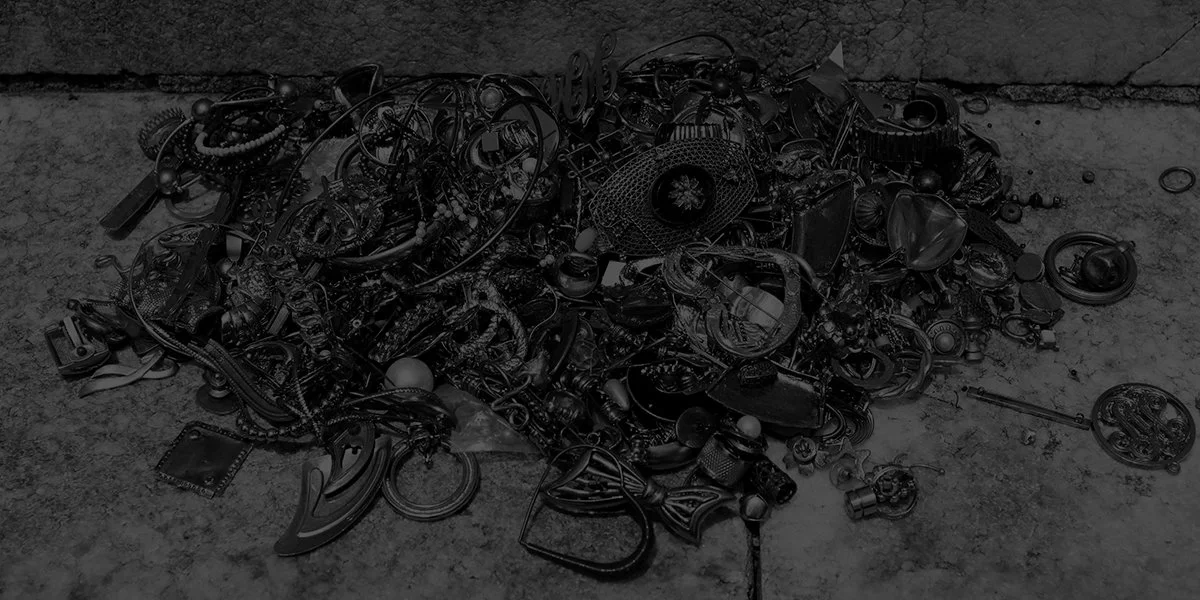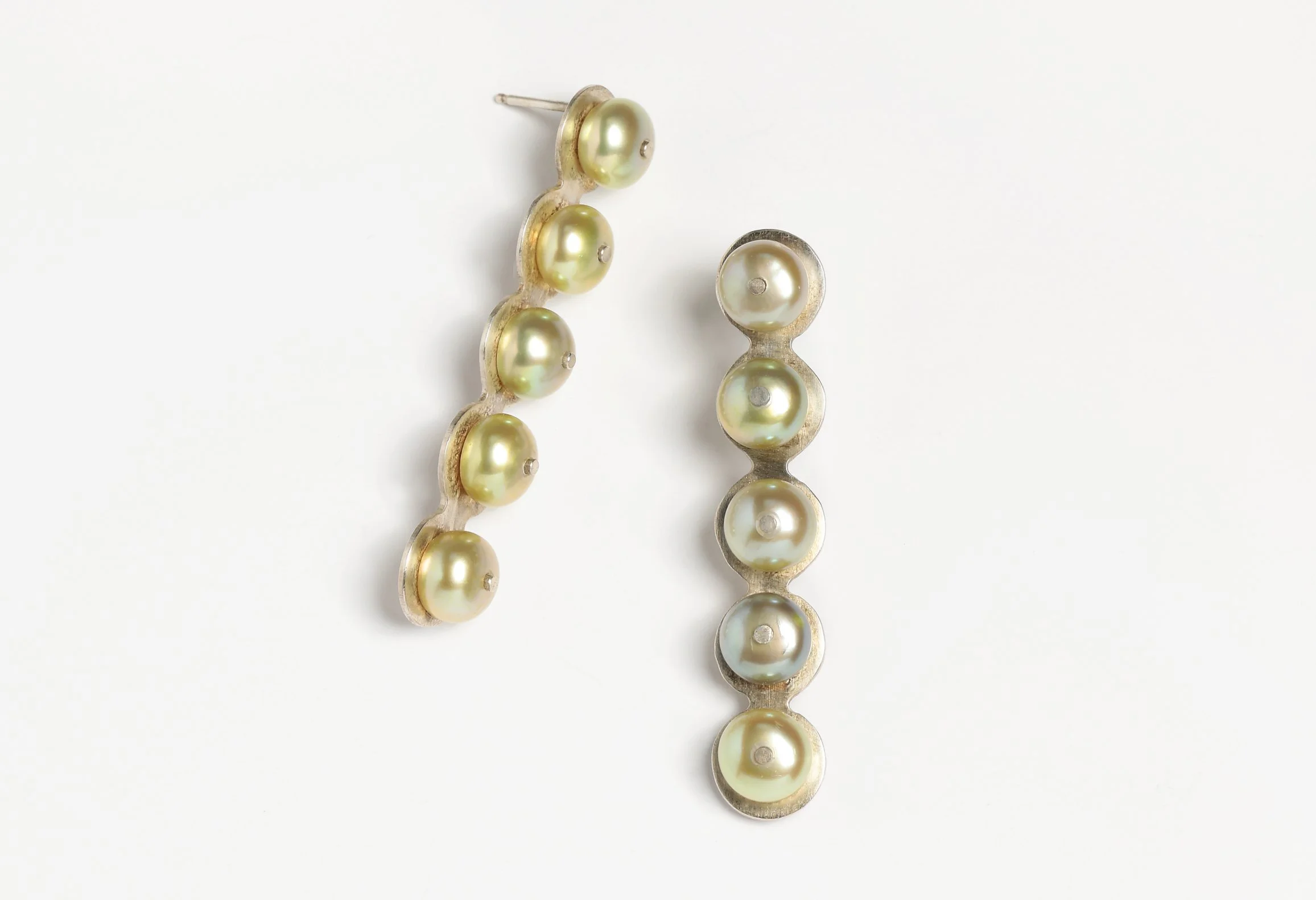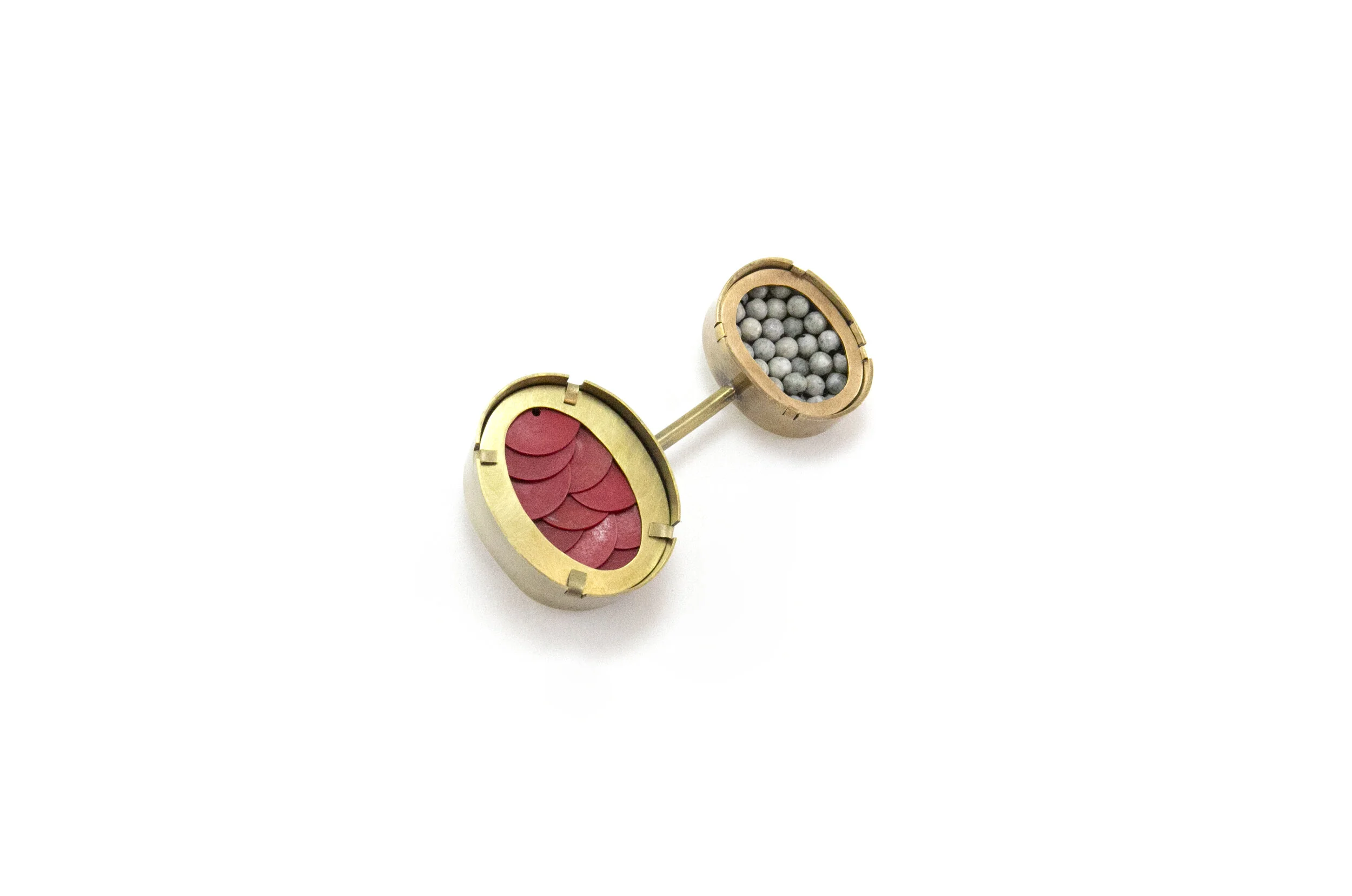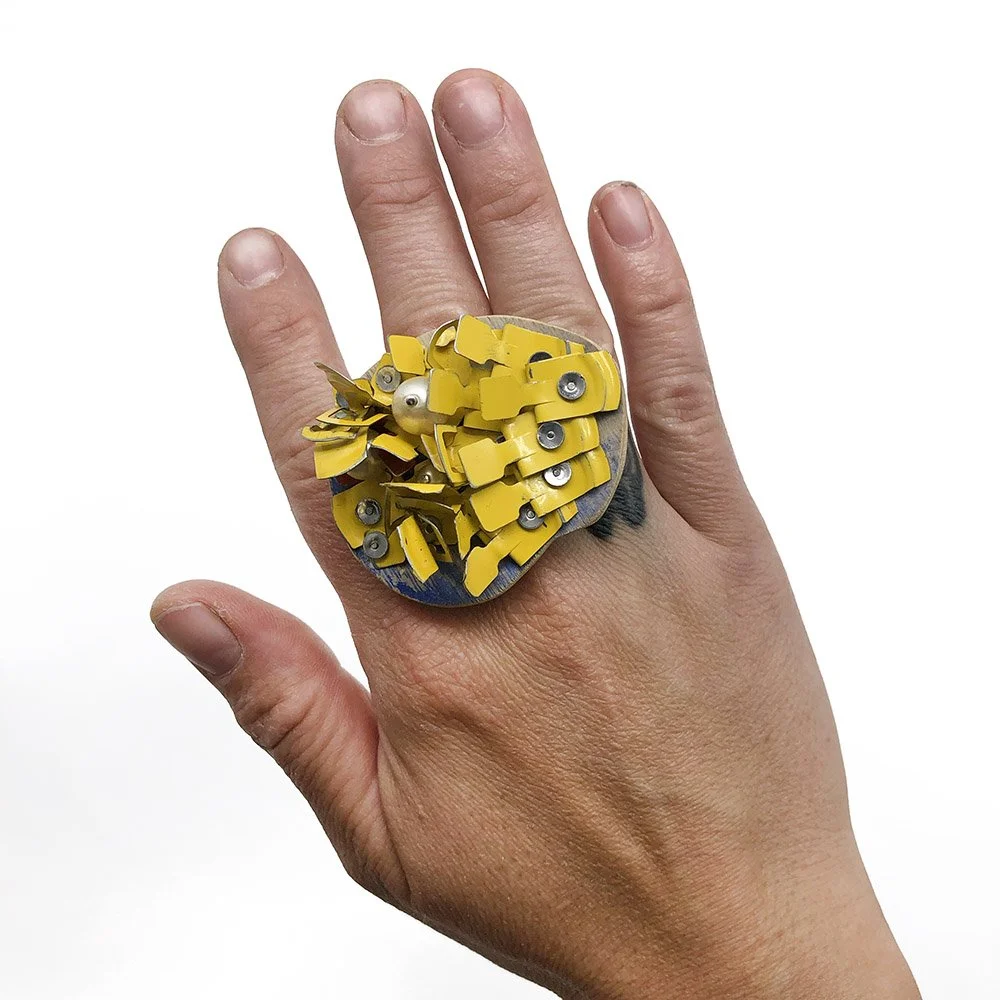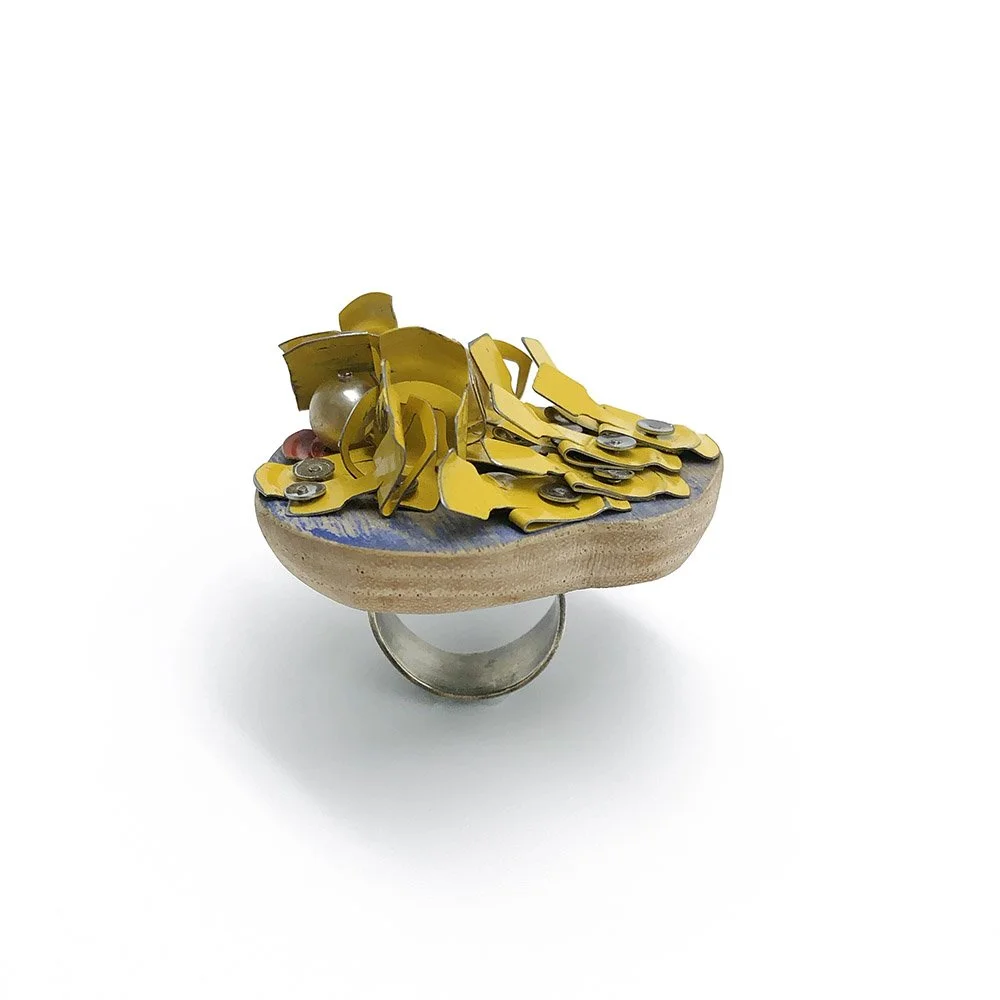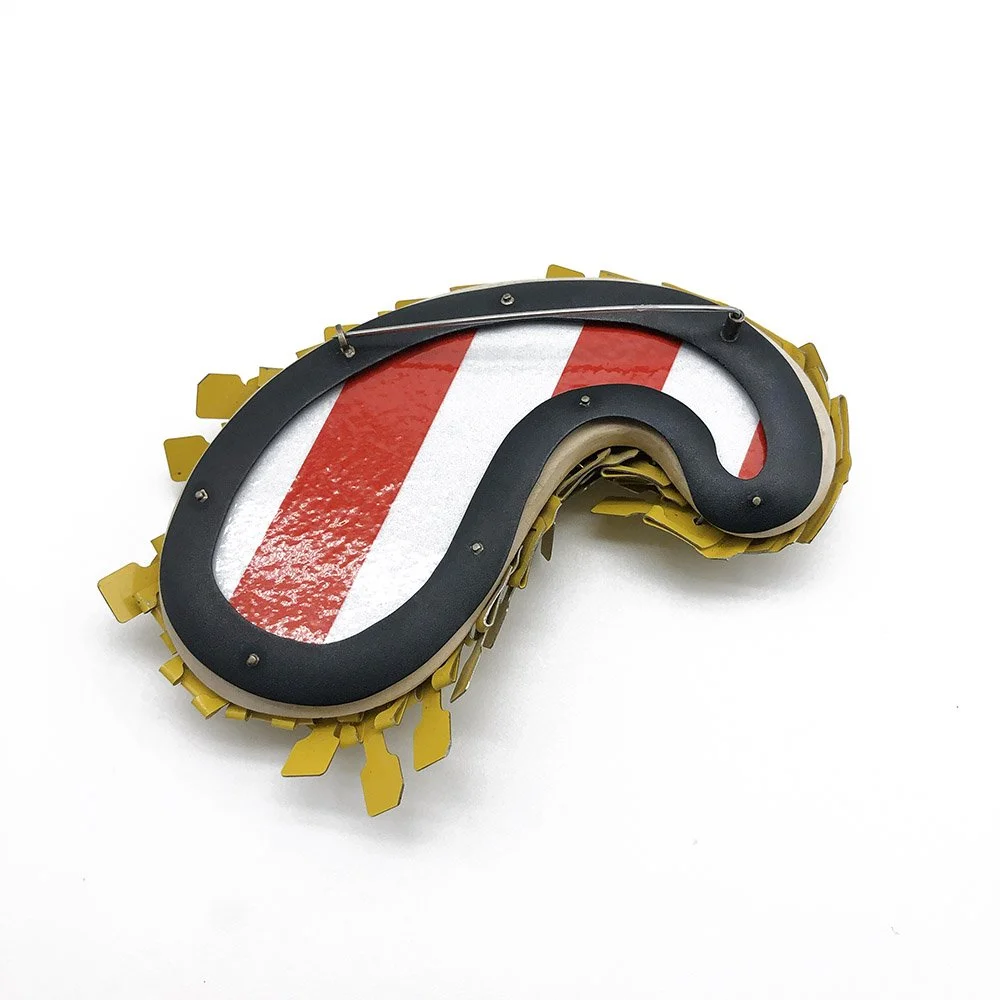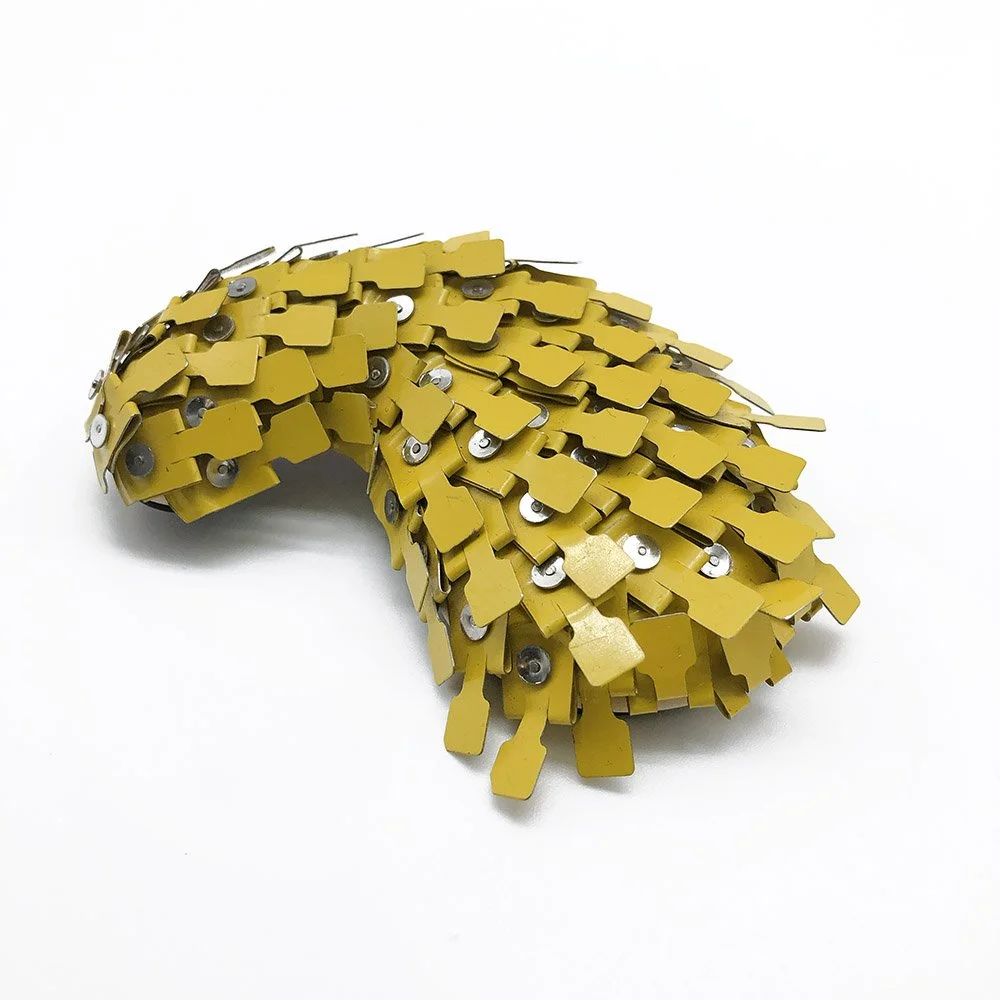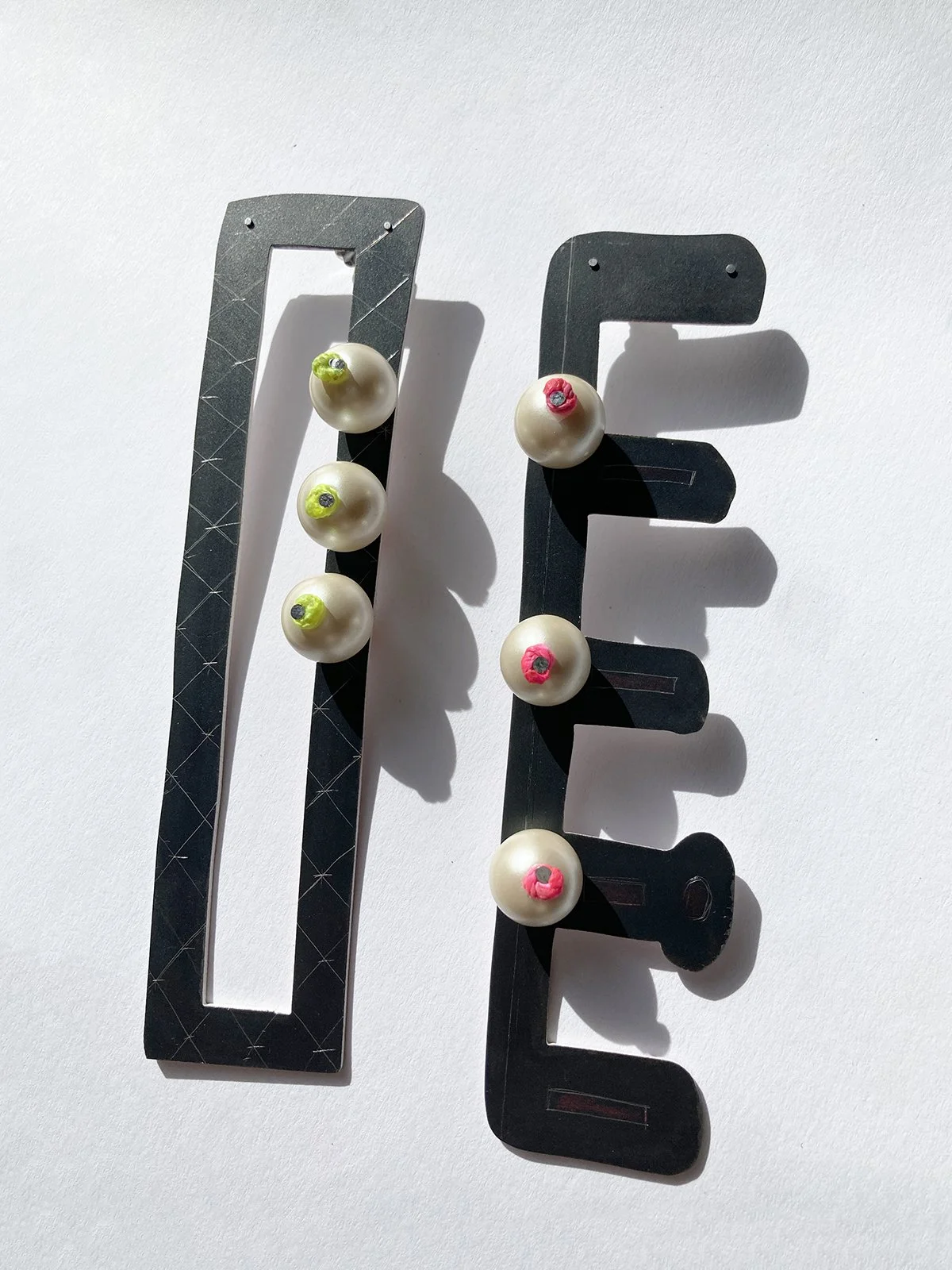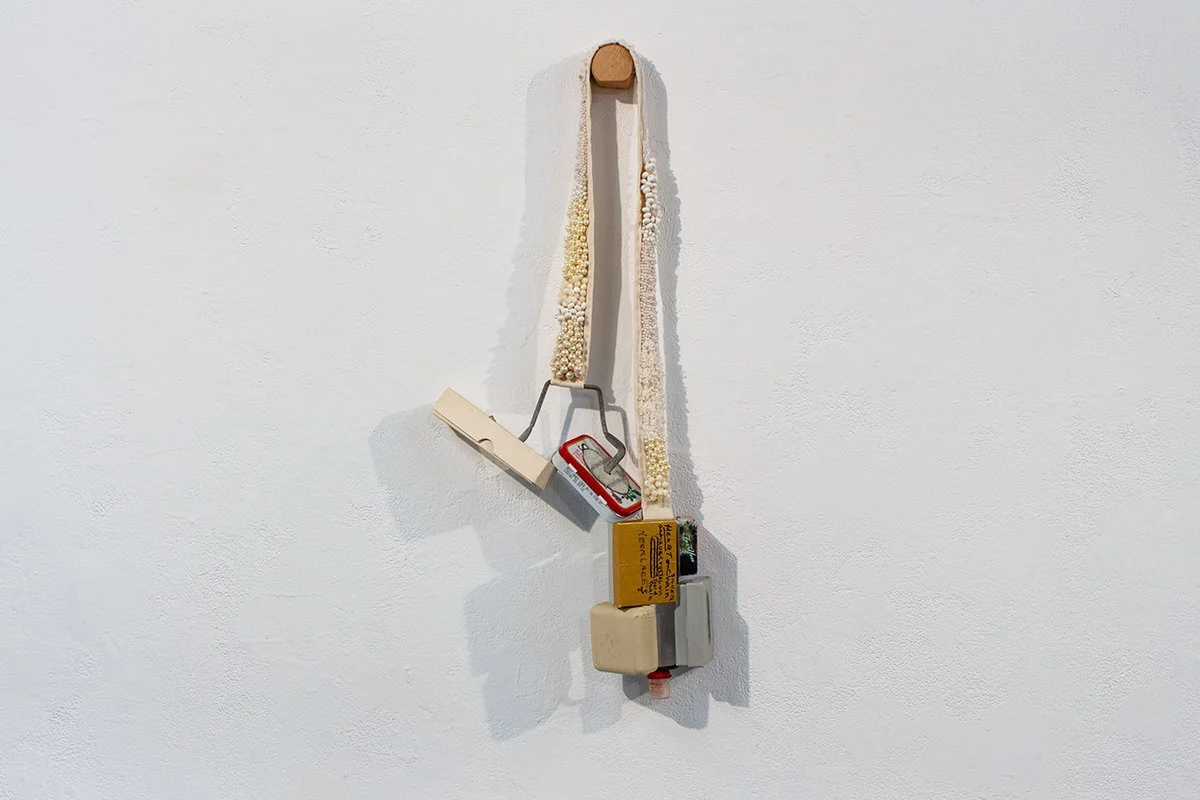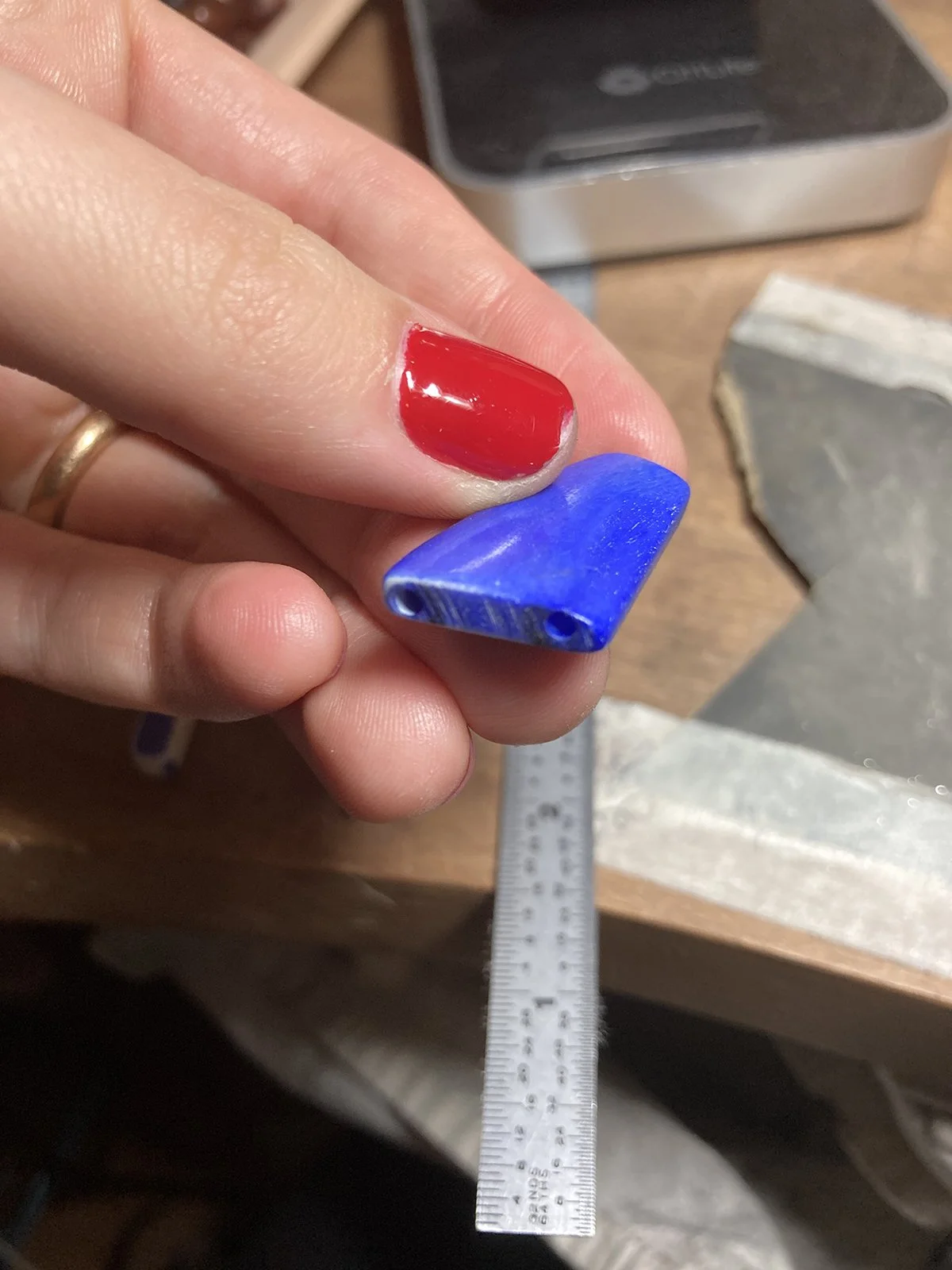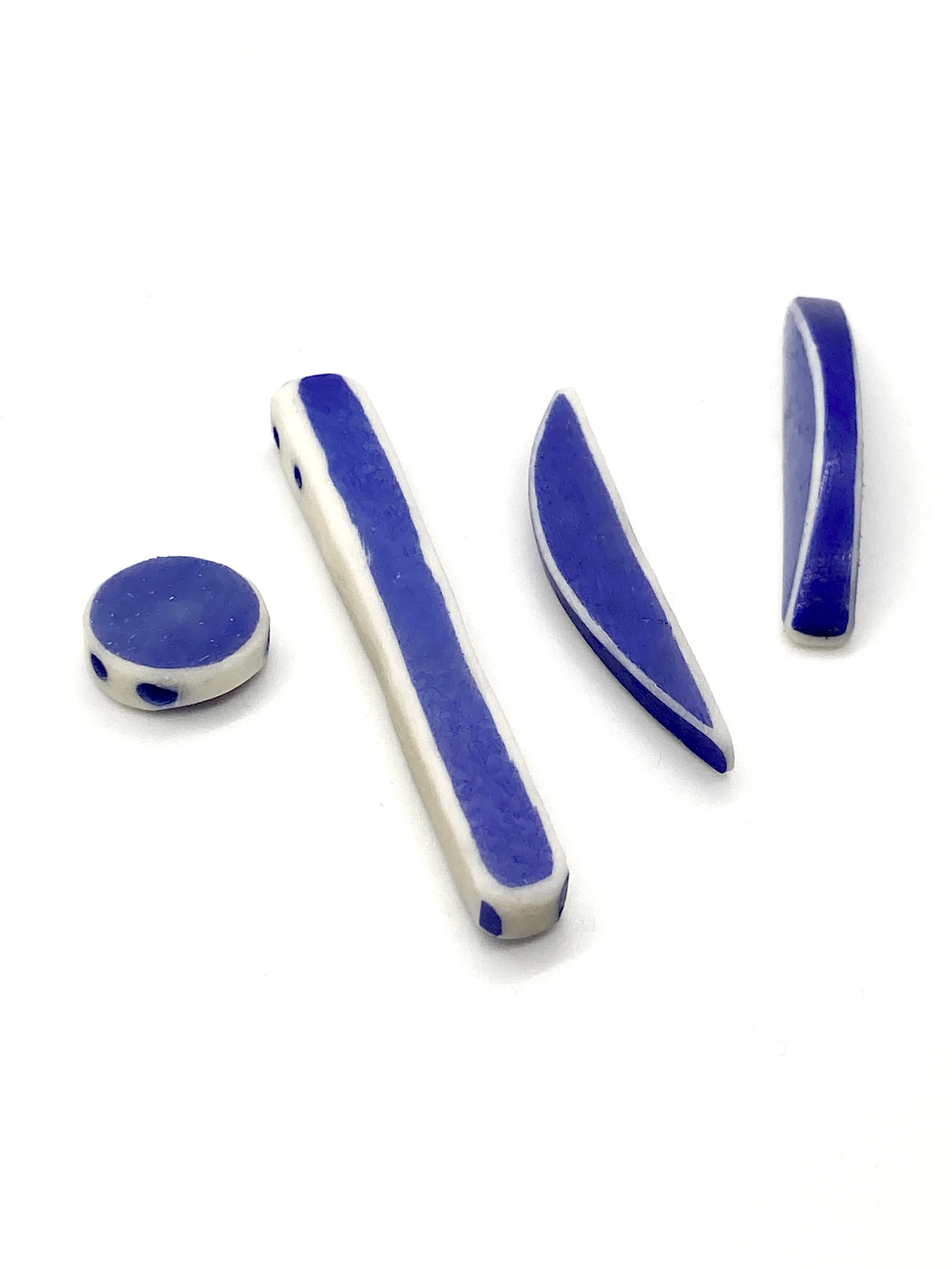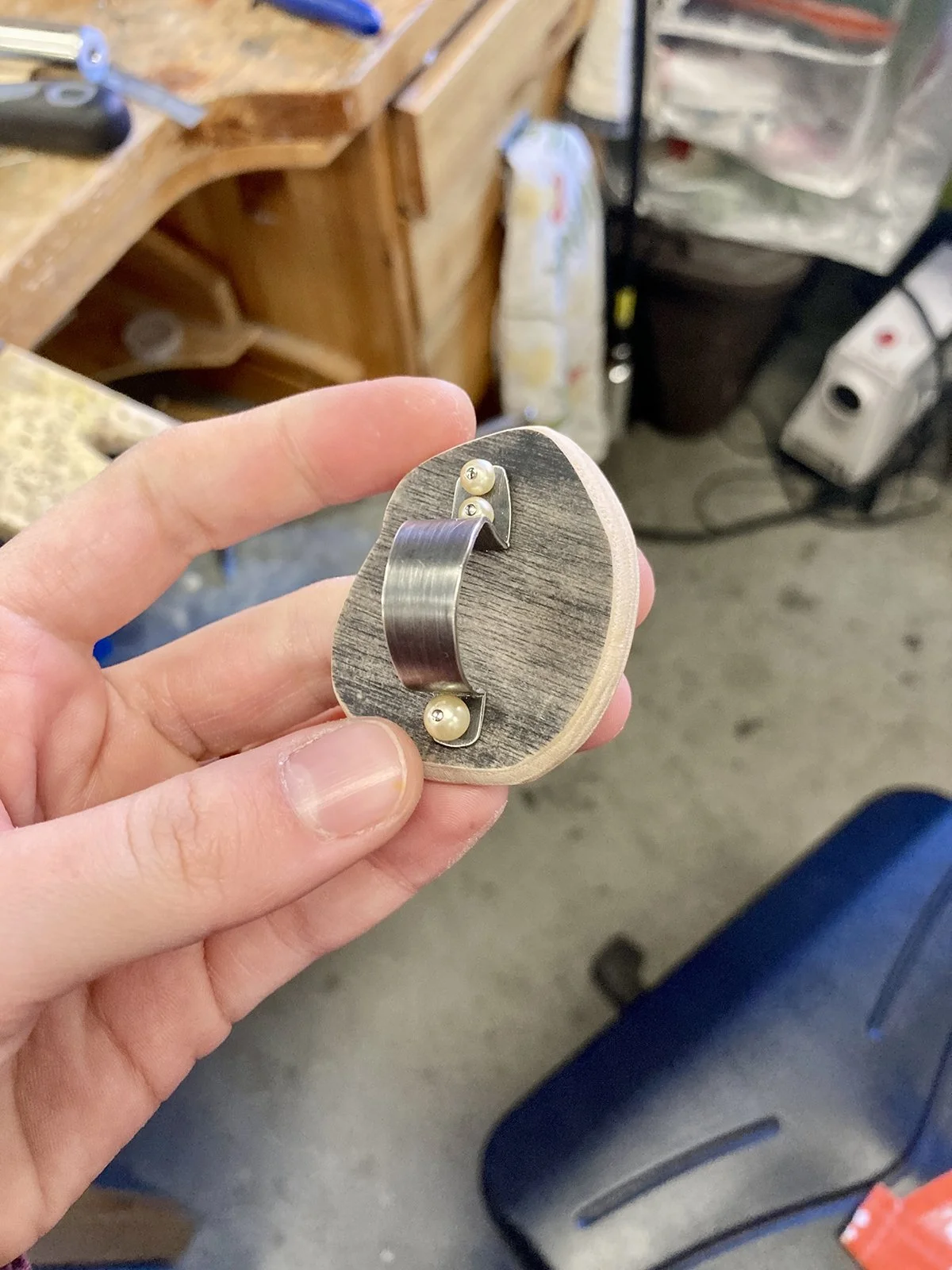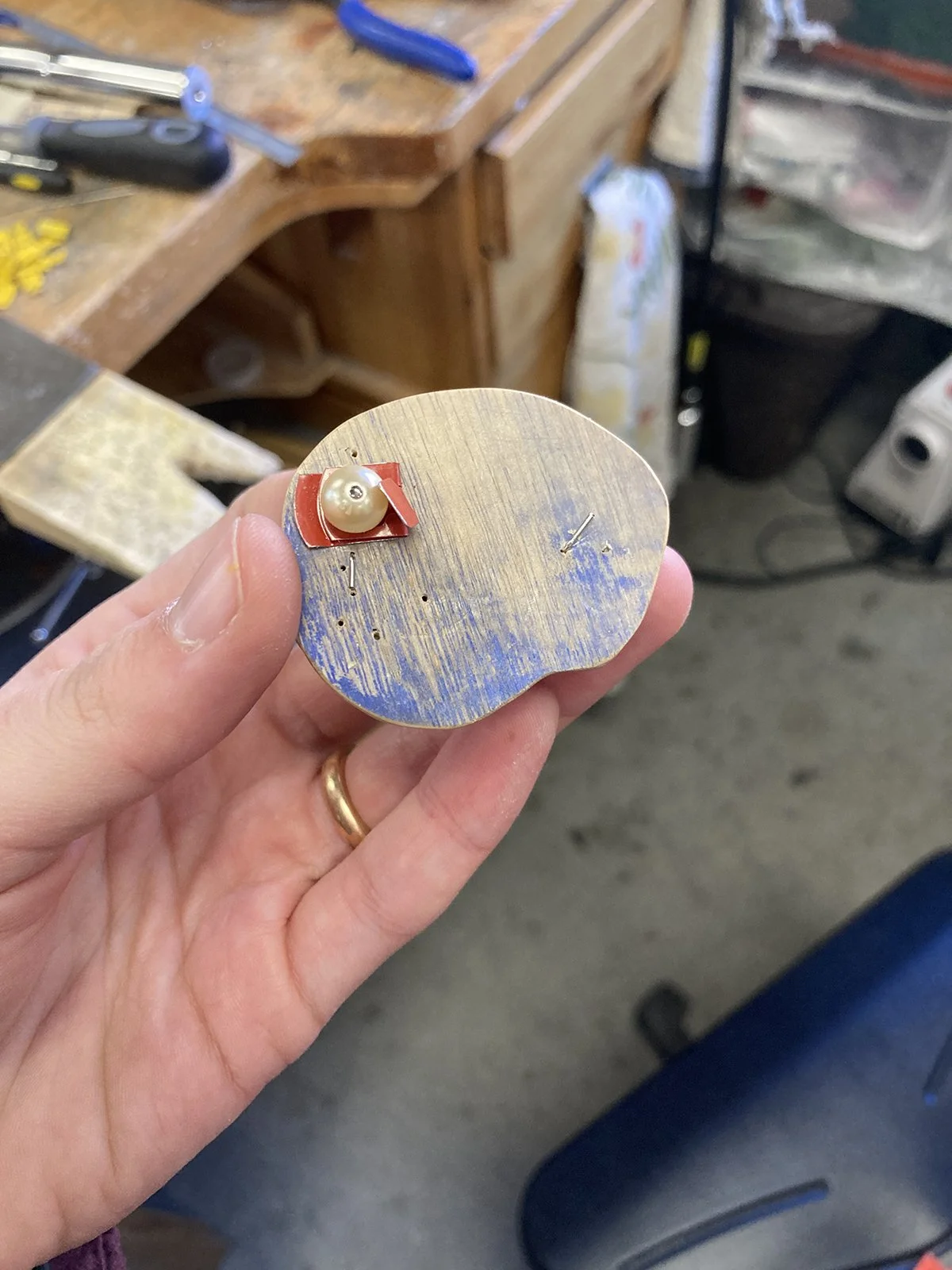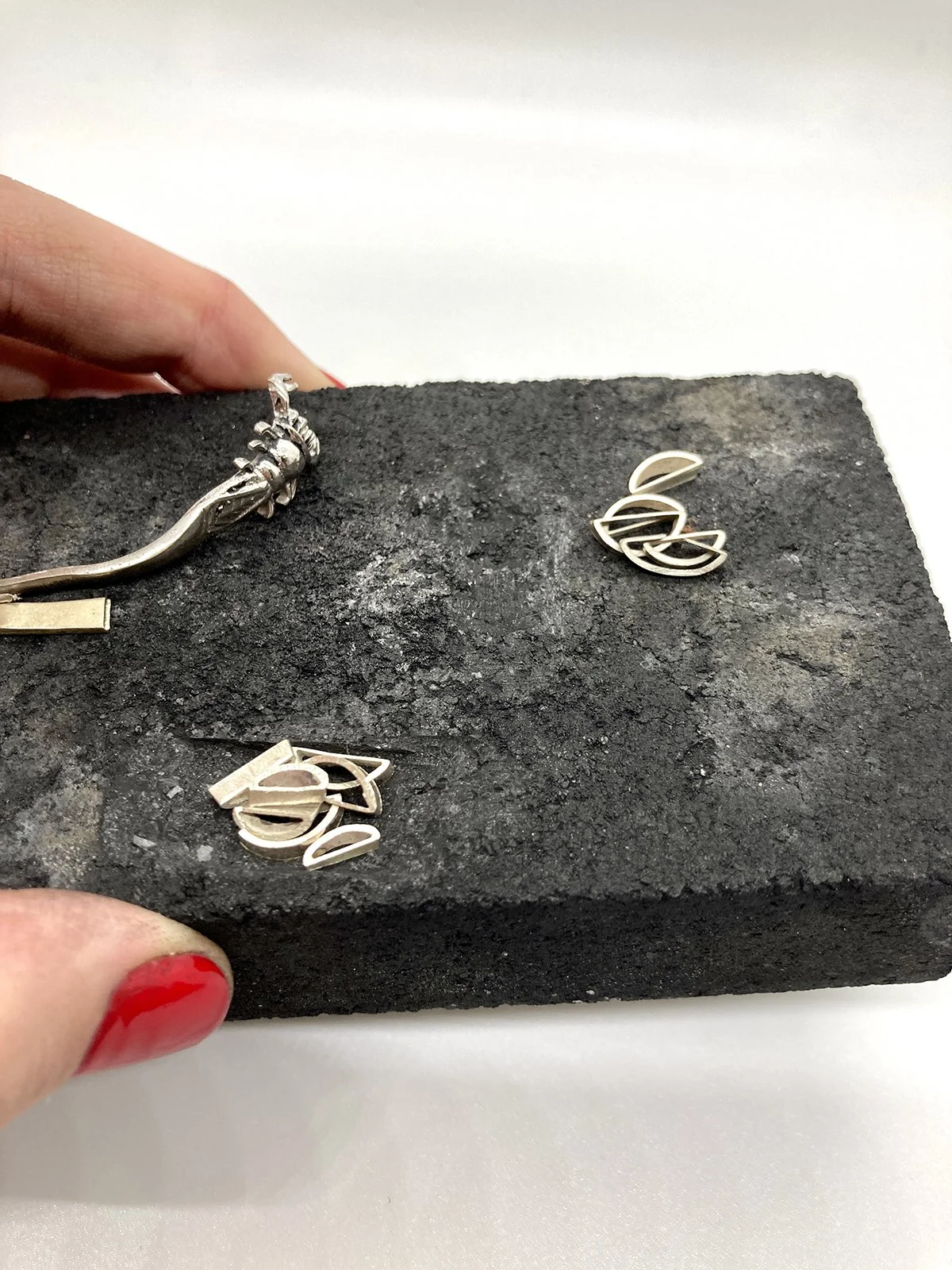Chelsea Nanfelt-Rowe’s studio practice is based out of the Shenandoah Valley in Virginia. She earned a BFA in Jewelry & Metalsmithing in 2018 from the University of Wisconsin - Milwaukee. During Chelsea’s final year at UWM, she participated in and facilitated the Radical Jewelry Makeover: Wisconsin, which sparked a fascination of rethinking non-traditional materials. Chelsea started the HVA Recycling Project in January 2019, which is an artist project aimed at understanding her place as an artist in her new community. She collects recycling from various households and businesses, and in return, is able to connect with her community and source materials for art. Chelsea’s work ranges from sculptural wearables to limited production jewelry. You can find Chelsea’s jewelry at Lineage in Harrisonburg, VA and James May Gallery in Algoma, WI.
How have you been influenced by the project?
Is it wrong to say that RJM ruined me? Of course it was in the best way possible. Being a part of RJM on the brink of my college graduation meant that I could either take what I learned and apply it to my art practice, or ignore it all together. RJM was not an experience I could forget. The project made me rethink my consumption and impact in many areas of life from metal, plastic and other materials. The project instilled a strong desire to maintain an ethical studio practice and alter my practice where possible. For example I used to powdercoat in my work for color use. I decided to switch to other surface adornments because I did not feel that it was the best long term practice for my studio work if it was not essential for the ideas I portray in my artwork. In my quest to understand my place as an artist working towards a more sustainable practice, I started the HVA Recycling Project. I collect recycling from several households and a local bakery, and in return I have access to interesting material possibilities for my art practice. Working with RJM is invaluable for myself and other artists alike. It has changed how I see my role as an artist in the communities that I am a part of.
How do you weigh what techniques and materials you will use?
I like to observe the world around me, and often this means that I am picking up trash from the ground (really!), keeping a stash of non-recyclable or recyclable items that I think have interesting shapes, or simply taking note and making use of what materials I have a plethora in the studio. When working with metal, I try to use fewer chemicals, I have been testing out new-to-me practices like using a borax cone to create a flux for soldering and using vinegar/salt/ water mix for my pickle in the studio.
How are creative license, personal safety, environment, and social responsibility factored in to your choices?
Finding other people in the jewelry field that have been conscious of their impact on the world has been the most helpful thing for me as I continue making artwork. For example, I recently set up my jewelry studio here in Virginia and used the book “Eco Jewelry Handbook” written by Christine Dhein to build my studio. I think that creative license is the most important part of sustainable making practices because it gives the artist room to recreate the life behind older, unwanted pieces.
How do you anticipate future uses for the materials that you are using?
Artists act as scientists when considering the future of materials. As artists design new techniques for material reuse, and the jewelry pieces I create can certainly be broken down into smaller components and used within another piece similar to how I created for this current RJM Artist Project. Silver can be reused, beads and other components can be used in a completely new way.
Will a jeweler in the future be able to reuse your piece by disassembling or melting down the metal?
The silver - yes. Other materials like plastic or beads - yes. These pieces can be broken down and processed for a new life. Because I like to create larger scaled pieces with a large metal surface area and many repeated items, there is another life in the materials yet.
